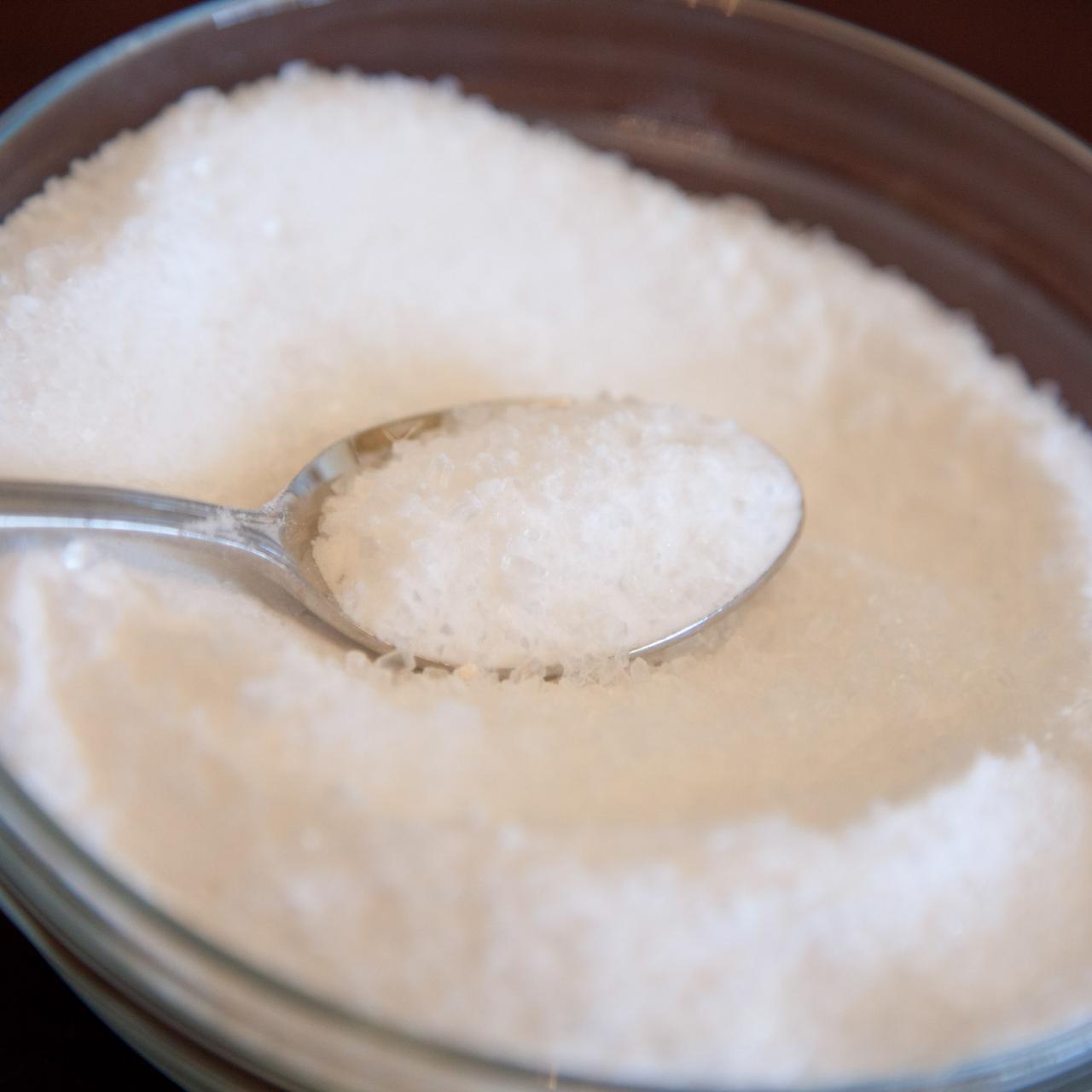Epsom Salt in Horticulture: What Plants Don't Like Epsom Salt and How to Change
Epsom Salt in Horticulture: What Plants Don't Like Epsom Salt and How to Change
Blog Article
Learn More About the Specific Plants That Are Adversely Impacted by Epsom Salt Application
Epsom salt, a prominent family solution for numerous gardening problems, is commonly applauded for its advantageous impacts on plant development. Understanding the details plants that can be negatively influenced by Epsom salt is vital for any gardener looking to enhance their plant treatment routine.
Roses

Roses, especially conscious changes in their environment, can be adversely affected by the application of Epsom salt. While Epsom salt is generally utilized as a plant food to promote plant development and improve flowering, roses are one of the plants that do not react well to its application. The high magnesium web content in Epsom salt can interfere with the uptake of various other necessary nutrients by the rose plants, resulting in shortages that show up as yellowing leaves or stunted development.

Tomatoes
While Epsom salt is typically promoted as a remedy for different plant concerns, including blossom end rot in tomatoes, its application can lead to destructive outcomes if not used sensibly. Excessive Epsom salt, which is magnesium sulfate, can interfere with the delicate nutrient equilibrium needed by tomatoes, possibly leading to deficiencies in various other necessary nutrients like calcium. When thinking about the usage of Epsom salt on tomatoes, it is important to adhere to recommended application rates and dirt screening to protect against unintended effects on the total health and efficiency of these beloved yard plants.
Peppers
Peppers, respected for their various shades and levels of spiciness, can demonstrate susceptibility to adverse effects from Epsom salt when not used with treatment and factor to consider for their certain nutritional demands. what plants don't like epsom salt. Peppers, coming from the Solanaceae family, call for a delicate balance of nutrients to thrive. While Epsom salt is understood to boost magnesium degrees in plants, extreme application can disrupt this balance, bring about unfavorable results on pepper plants
When peppers are exposed to high degrees of magnesium from Epsom salt, it can hinder the plant's ability to take in various other crucial nutrients like calcium and potassium. This inequality may manifest in symptoms such as leaf discoloration, stunted growth, and minimized fruit production. Furthermore, the extreme magnesium can modify the dirt pH, further aggravating nutrient uptake concerns for peppers.

Rhododendrons
Offered the sensitivity of certain plant varieties to imbalances triggered by Epsom salt, it is necessary to consider the influence on Rhododendrons, which additionally require particular nutrient levels to flourish. Rhododendrons are acid-loving plants that favor acidic dirt problems with a pH range between 4.5 and 6.0. Epsom salt, chemically called magnesium sulfate, can change the soil pH and interrupt the delicate equilibrium of nutrients important for Rhododendron health and wellness.

To preserve the optimal growth and health of Rhododendrons, it is crucial to stay clear of the unplanned use of Epsom salt and instead concentrate on supplying the particular acidic soil problems and nutrients that these plants require for growing.
Azaleas
Azaleas, understood for their dynamic blooms and wide variety of shades, are decorative shrubs that come from the Rhododendron genus. These preferred blooming plants are frequently found in parks, landscapes, and yards due to their elegance and convenience. Azaleas are sensitive to adjustments in soil pH degrees, which can substantially impact their development and overall wellness. While Epsom salt Discover More Here is frequently used as a remedy for magnesium shortage in plants, its application to azaleas can have unfavorable results.
When Epsom salt is applied to azaleas, it can change the soil pH, making it a lot more acidic. Azaleas prefer somewhat acidic soil problems, and an excess of magnesium from Epsom salt can interrupt this equilibrium, bring about nutrient imbalances and prospective poisoning issues. The inaccurate application of Epsom salt can cause stunted development, yellowing of leaves, and total decrease in the health of azaleas. It is crucial to be cautious when thinking about the use of Epsom salt on azaleas to stop any kind of adverse effects on these delicate decorative bushes.
Conclusion
In final thought, it is essential to be familiar with the particular plants that can be adversely affected by the application of Epsom salt. Roses, tomatoes, rhododendrons, peppers, and azaleas are some instances of plants that may not profit from Epsom salt and can even experience damage. It is important to study and understand the requirements of each plant species before utilizing Epsom salt as a plant food to ensure their health and wellness and health.
Recognizing the certain plants that can be detrimentally influenced by Epsom salt is essential for any type of garden enthusiast looking to optimize their plant treatment routine. While Epsom salt is frequently utilized as a plant food to promote plant growth and boost blooming, roses are one of the plants that do not respond well to its application.Too much use of Epsom salt can likewise result in an accumulation of salts in the dirt, leading to root damages and dehydration of the rose plants. While Epsom salt is understood to enhance magnesium degrees in plants, excessive application you can check here can disrupt this balance, leading to adverse results on pepper plants.
The high salt content in Epsom salt can additionally dehydrate Rhododendron origins, creating more stress and anxiety and damage to the plant. (what plants don't like epsom salt)
Report this page